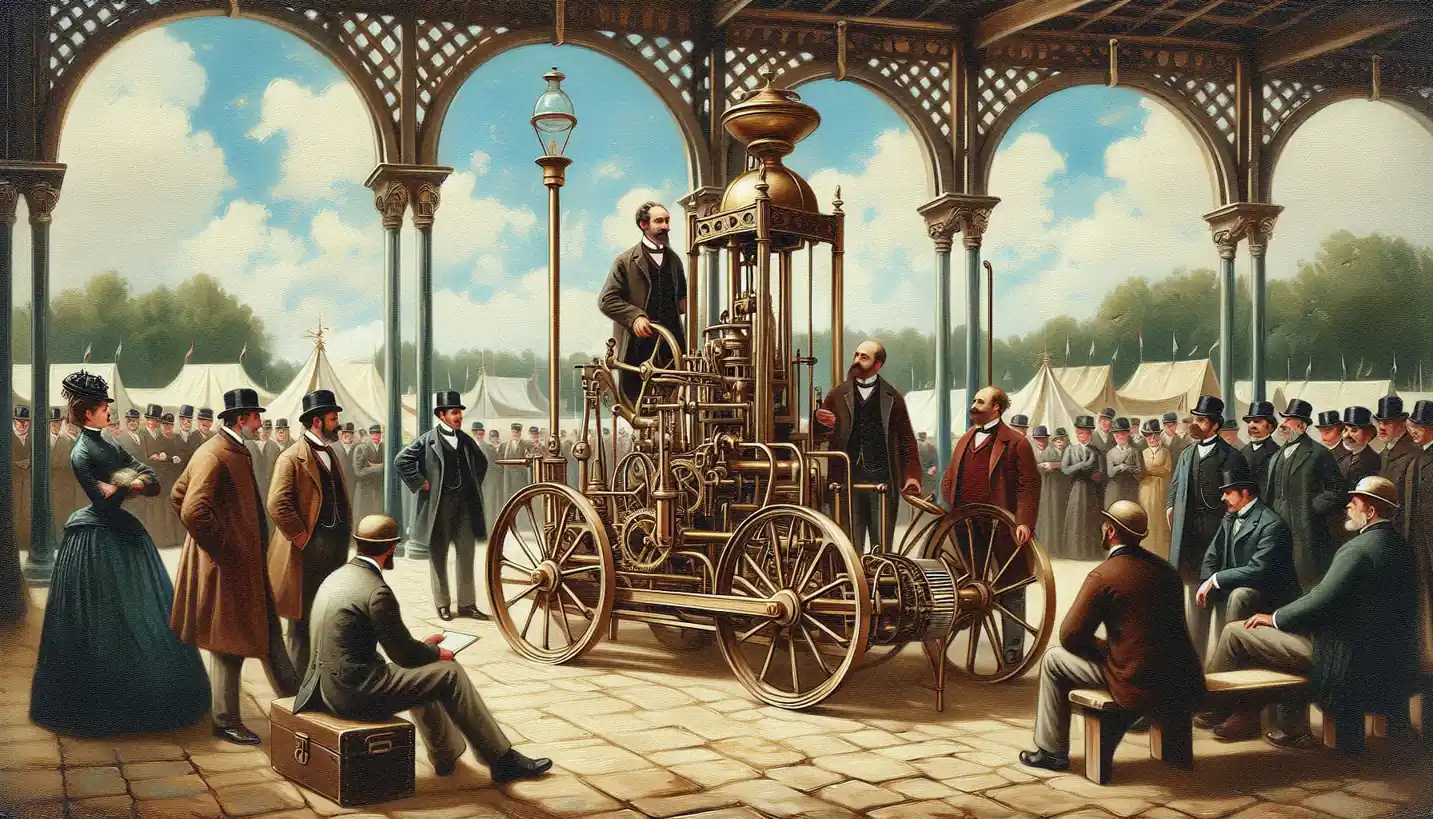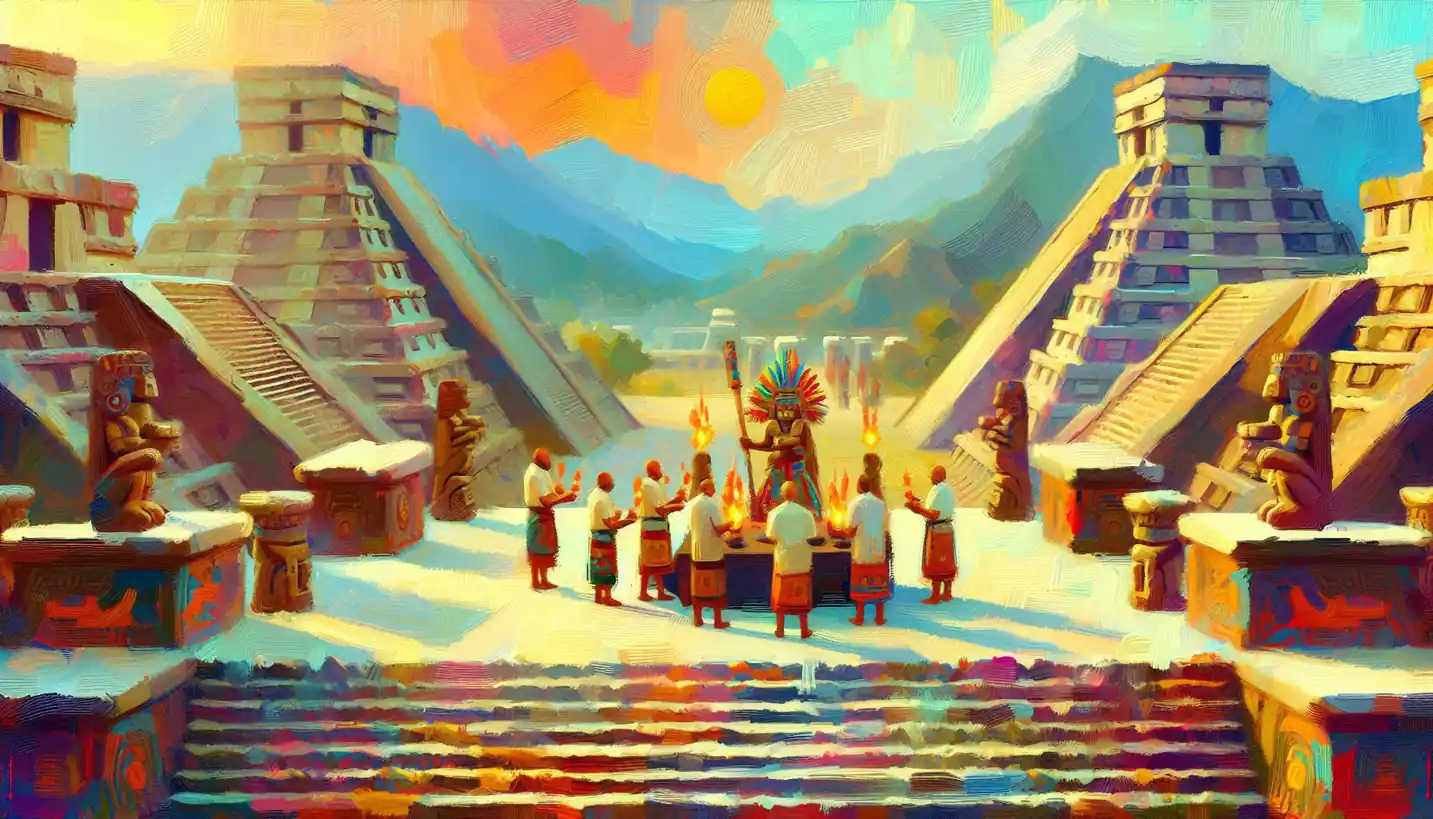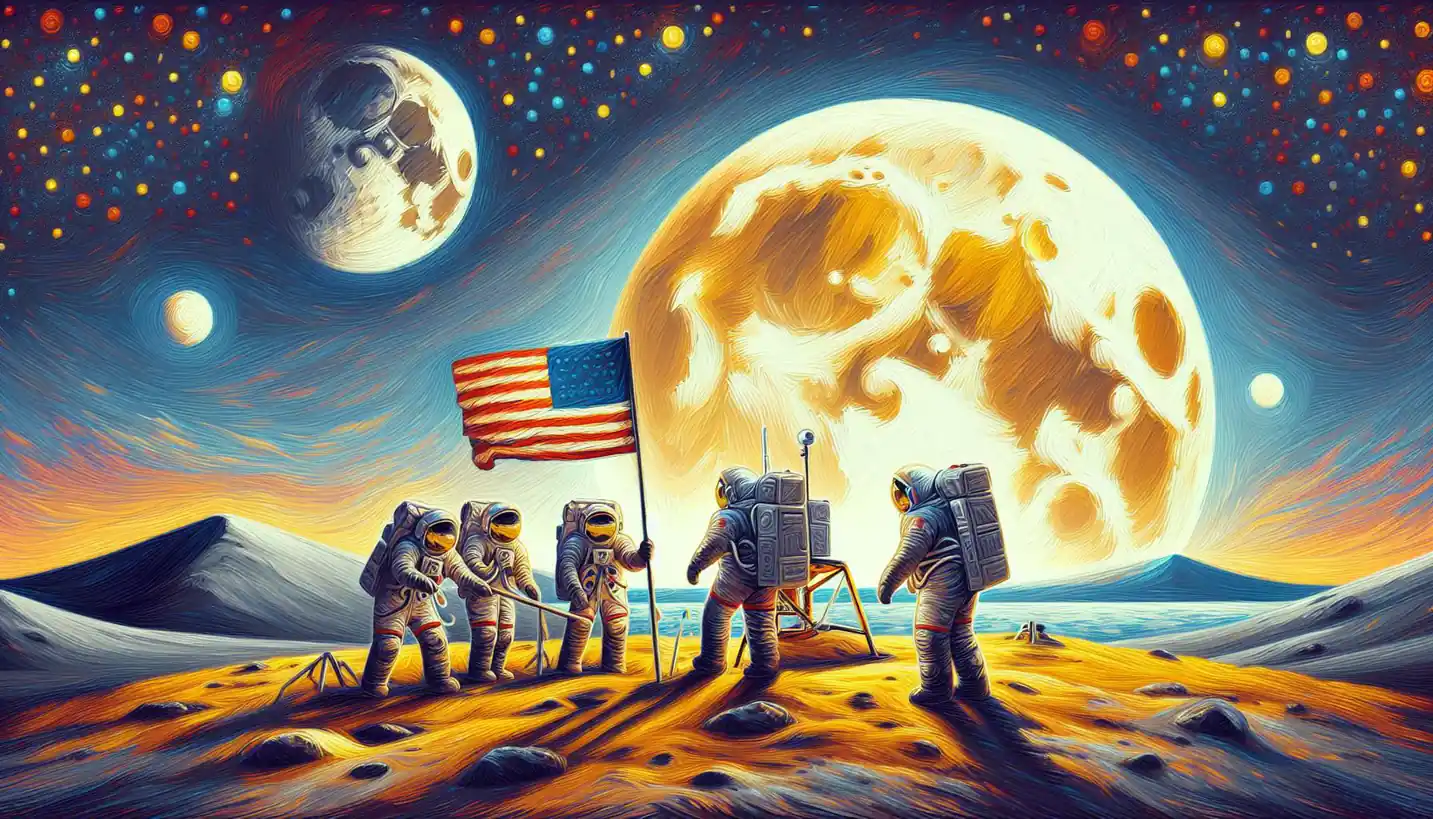· History · 5 min read
3D Modeling in History: A Digital Journey Across Time
3D modeling in history opens new vistas, allowing us to recreate and explore historical environments digitally. Discover how this technology brings ancient worlds to life.

3D modeling is like having a magic time machine—but instead of taking you to the past, it brings the past right to your computer screen. By using digital images and data, historians and archaeologists create detailed, lifelike models of ancient structures, artifacts, and even entire cities. Imagine walking through the ancient temples of Egypt or exploring a long-lost Roman marketplace, all from the comfort of your home.
The Fascination with 3D Technology
3D modeling in history is a fascinating blend of art and science. It’s not just about looking at pretty pictures; it’s about understanding history in a way that was previously unimaginable. Think of it like a digital archaeology kit where each layer you uncover tells a story. Cutting-edge technology allows us to recreate historical sites with stunning accuracy, offering us a peek into our ancestors’ lives.
But why is this so captivating? Well, humans are visual creatures. When we see something, especially something as enthralling as an ancient structure brought back to life, it sparks our curiosity. It invites us to ask questions like, “What was life like back then?” or “Why did they build it this way?”
From Pixels to Empires
Let’s take a trip down memory lane to understand how this whole 3D modeling thing started. Initially, historians relied heavily on sketches, maps, and photographs to study the past. These were great, but they were limited by their two-dimensional nature. Enter 3D modeling—a game changer that lets experts transform bits of data into fully immersive experiences.
Take the Colosseum in Rome, for instance. While standing there in person is breathtaking, a 3D model of the Colosseum offers an even more enriching experience. You can zoom in to see the tiniest of details, like the intricate carvings on stone, or zoom out to understand the grand scale of its architecture. It’s like owning a personal tour guide that fits right in your pocket.
Digital Reconstructions: A New Era for Archaeology
Archaeologists have teamed up with digital historians to push the boundaries of what we know about ancient civilizations. These collaborations allow experts to create detailed reconstructions of sites that are hard to access or even those that no longer exist. By using laser scanning technologies and drones, researchers collect data that can be used to craft highly accurate models.
Think of Machu Picchu. While visiting this majestic Incan city is on many travelers’ bucket lists, a 3D model allows researchers to study its architecture in intricate detail, providing insights into how the Incas sourced materials and constructed their cities.
Why 3D Modeling is Important for History
You might be wondering, “Why go through all this trouble? Can’t we just read texts or look at old paintings?” The magic of 3D modeling lies in its ability to make the past come alive in ways that static images and documents can’t.
First, it offers a valuable educational tool. Teachers can use these models in classrooms to give students a more interactive learning experience. Imagine studying about the pyramids of Giza not only through textbooks but by virtually walking through them!
Second, 3D modeling preserves history. It creates a digital archive that future generations can study. Suppose a historical site is at risk of damage due to environmental factors or human interference. In that case, a digital model can help preserve its legacy indefinitely.
Finally, it’s a way to make history accessible to everyone. You don’t need to be a historian or a world traveler to experience the wonders of the past. All you need is a computer or smartphone.
Challenges in Digitizing History
Of course, with great technology come great challenges. While 3D modeling opens doors to the past, creating these models is no walk in the park. It requires a team of experts, including historians, archaeologists, and tech-savvy designers, all working together. The process can be time-consuming and expensive. There’s also the challenge of ensuring accuracy; after all, a model is only as good as the data that supports it.
Another hurdle is representing historical sites sensitively and ethically. This means considering the cultural significance of the sites and engaging with communities that have historical ties to them. After all, these reconstructions should honor the history and people they represent.
The Future of 3D Modeling in History
Where is 3D modeling headed next? As technology continues to evolve, so will our ability to model history in even more stunning detail. Virtual Reality (VR) and Augmented Reality (AR) are already changing the game by offering more immersive experiences.
Imagine wearing a VR headset and finding yourself in the heart of ancient Athens or using AR to overlay historic landscapes onto the modern world. This way, you can experience history not just as an observer but as a participant.
The future holds the promise of making history more collaborative, allowing people from different parts of the globe to contribute to and learn from these digital reconstructions.
A New Way to Connect with the Past
3D modeling in history is more than a technological marvel. It’s a bridge connecting us to our shared history, making it tangible and engaging. By bringing ancient worlds to life, we can foster a deeper understanding and appreciation of the diverse tapestry of human existence.
In the end, 3D modeling in history isn’t just about preserving the past; it’s about shaping our understanding of it, inspiring future generations to explore, learn, and value the stories that have shaped our world. As technology continues to advance, who knows what new chapters of history we’ll unlock? The possibilities are endless, and the journey has just begun.



